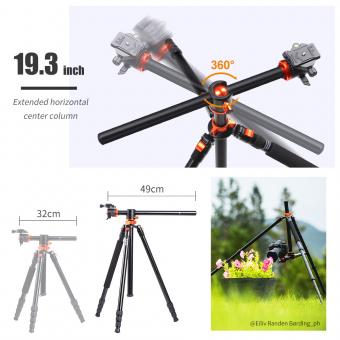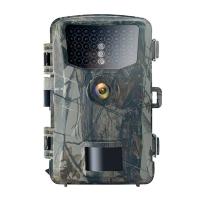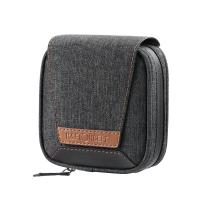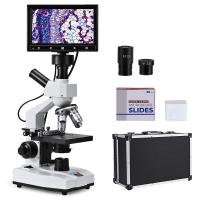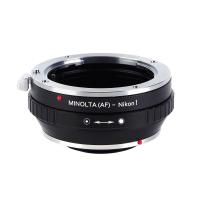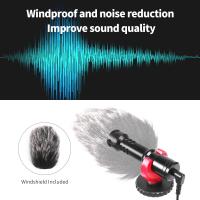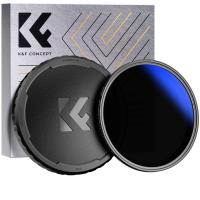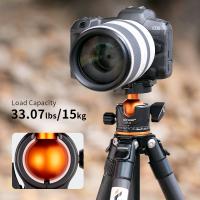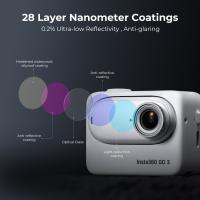How To Buy Digital Camera ?
To buy a digital camera, you can start by researching different models and brands online. Read reviews and compare features to find a camera that suits your needs and budget. Once you have decided on a specific model, you can purchase it from various sources such as online retailers, electronics stores, or camera specialty shops. Make sure to check for any deals or discounts available. Consider factors like warranty, return policy, and customer support before making your final purchase.
1、 Understanding camera specifications and features
Understanding camera specifications and features is essential when buying a digital camera. With the rapid advancements in technology, it can be overwhelming to choose the right camera that suits your needs. Here are some key points to consider:
1. Sensor size: The sensor determines the image quality and low-light performance. Larger sensors generally produce better image quality.
2. Megapixels: While higher megapixels can result in more detailed images, it's not the sole factor to consider. Unless you plan on printing large posters, a camera with 12-24 megapixels is sufficient for most users.
3. ISO range: This indicates the camera's sensitivity to light. A wider ISO range allows for better low-light photography.
4. Lens compatibility: Consider the availability and variety of lenses for the camera system you choose. This will allow you to expand your photography skills as you progress.
5. Image stabilization: Look for cameras with built-in image stabilization, which helps reduce blur caused by camera shake.
6. Video capabilities: If you're interested in shooting videos, consider cameras with 4K or at least 1080p resolution, and features like manual control, microphone input, and image stabilization.
7. Connectivity options: Check for Wi-Fi, Bluetooth, or NFC capabilities for easy sharing and remote control of the camera.
8. Battery life: Consider the battery life of the camera, especially if you plan on shooting for extended periods or while traveling.
9. User interface: Ensure the camera's menu system is intuitive and user-friendly, allowing you to easily access and adjust settings.
10. Price: Set a budget and compare prices, considering the features and specifications offered by different brands.
It's important to research and read reviews from trusted sources to stay updated with the latest camera models and technologies. Additionally, visiting a camera store and getting hands-on experience with different models can help you make an informed decision.
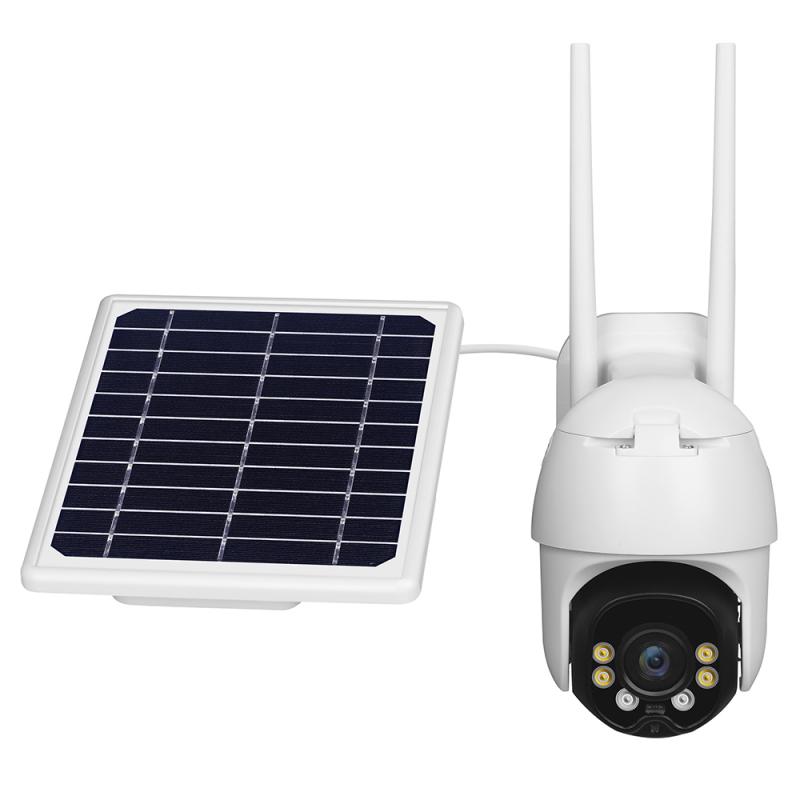
2、 Comparing different camera brands and models
Comparing different camera brands and models is an essential step when looking to buy a digital camera. With the rapid advancements in technology, there are numerous options available in the market, each offering unique features and capabilities. Here's a guide on how to compare and choose the right camera for your needs.
1. Determine your requirements: Consider your photography goals, whether you're a beginner or a professional, and the type of photography you'll be doing. This will help you narrow down your options.
2. Research camera brands: Look into reputable camera brands such as Canon, Nikon, Sony, Fujifilm, and Panasonic. Each brand has its strengths and weaknesses, so read reviews and compare their offerings.
3. Compare camera specifications: Pay attention to important features like sensor size, megapixel count, ISO range, autofocus system, and video capabilities. These factors greatly impact image quality and performance.
4. Consider lens options: Look into the lens ecosystem of each brand. A wide range of lenses allows for versatility and future upgrades. Check if the brand offers a variety of lenses suitable for your photography needs.
5. Evaluate camera ergonomics: Consider the camera's size, weight, and grip. It's important to choose a camera that feels comfortable in your hands, especially if you plan on using it for extended periods.
6. Check for additional features: Look for features like image stabilization, built-in Wi-Fi, touchscreen, and weather sealing. These can enhance your shooting experience and provide convenience.
7. Compare prices: Set a budget and compare prices across different brands and models. Consider the value for money, including the included accessories and warranty.
8. Read user reviews: Look for user experiences and opinions to get a better understanding of the camera's performance in real-world scenarios.
It's worth noting that the latest point of view is that mirrorless cameras have gained significant popularity due to their compact size, advanced features, and image quality. They offer a viable alternative to traditional DSLRs. However, DSLRs still have their advantages, especially for professionals who require robustness and extensive lens options.
In conclusion, comparing different camera brands and models is crucial to find the perfect digital camera for your needs. Consider your requirements, research brands, compare specifications, evaluate ergonomics, and read user reviews. By doing so, you'll be able to make an informed decision and invest in a camera that suits your photography style and preferences.
3、 Researching customer reviews and ratings
Researching customer reviews and ratings is an essential step in buying a digital camera. With the vast array of options available in the market, it can be overwhelming to choose the right camera that suits your needs. By reading customer reviews and ratings, you can gain valuable insights into the performance, features, and overall satisfaction of a particular camera model.
To begin your research, start by visiting reputable online retailers or camera-specific websites. These platforms often have a dedicated section for customer reviews and ratings. Look for cameras that have a significant number of reviews, as this indicates popularity and a larger sample size for evaluation.
When reading reviews, pay attention to the specific features that are important to you. For example, if you are interested in low-light photography, look for reviews that mention the camera's performance in low-light conditions. Similarly, if you are interested in video recording, focus on reviews that discuss the camera's video capabilities.
It is also important to consider the latest point of view when researching customer reviews. Camera technology is constantly evolving, and what may have been considered a top-rated camera a few years ago may no longer be the case. Look for recent reviews to ensure that you are getting the most up-to-date information.
Additionally, consider the credibility of the reviewers. Some websites allow verified purchasers to leave reviews, which can provide more reliable feedback. Look for reviews that provide specific details and examples, as these tend to be more informative.
In conclusion, researching customer reviews and ratings is a crucial step in buying a digital camera. By considering the latest point of view and paying attention to specific features, you can make an informed decision and find a camera that meets your needs and expectations.
4、 Considering budget and value for money
When considering budget and value for money, there are several factors to keep in mind when buying a digital camera. Here is a step-by-step guide on how to buy a digital camera that meets your needs while staying within your budget:
1. Determine your budget: Start by setting a budget for your camera purchase. This will help narrow down your options and prevent overspending.
2. Research camera types: There are various types of digital cameras available, including point-and-shoot, mirrorless, and DSLR. Each has its own advantages and price range. Research the features and capabilities of each type to determine which one suits your needs and budget.
3. Consider image quality: Look for a camera with a high-resolution sensor and good low-light performance. This will ensure that your photos are sharp and clear, even in challenging lighting conditions.
4. Assess the lens options: The quality of the lens is crucial for capturing great photos. Consider the availability and cost of additional lenses if you plan to expand your photography skills in the future.
5. Evaluate the camera's features: Look for features that are important to you, such as image stabilization, autofocus speed, burst mode, and video capabilities. Consider which features are essential and which ones you can compromise on to stay within your budget.
6. Read reviews and compare prices: Before making a final decision, read reviews from reputable sources and compare prices from different retailers. This will help you find the best value for your money.
7. Consider buying used or refurbished: If you're on a tight budget, consider buying a used or refurbished camera. Many reputable retailers offer refurbished models that come with a warranty and are thoroughly tested for quality.
8. Check for deals and discounts: Keep an eye out for sales, discounts, and bundle deals that can help you save money on your camera purchase.
Remember, the latest point of view is that technology is constantly evolving, and new camera models are released regularly. It's important to strike a balance between getting the latest features and staying within your budget. By following these steps and considering your budget and value for money, you can find a digital camera that meets your needs without breaking the bank.













